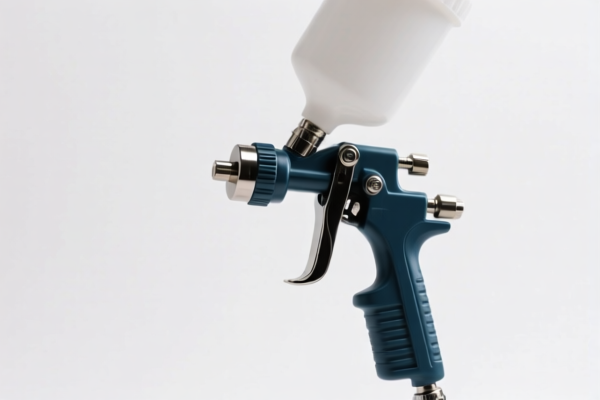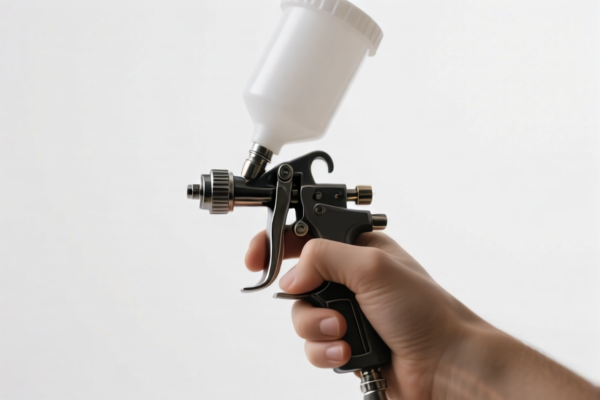| HS Code | Official Doc | Tariff Rate | Origin | Destination | Effective Date |
|---|---|---|---|---|---|
| 8424201000 | Doc | 57.9% | CN | US | 2025-05-12 |
| 8424209000 | Doc | 55.0% | CN | US | 2025-05-12 |
| 8479899560 | Doc | 32.5% | CN | US | 2025-05-12 |
| 8479899560 | Doc | 32.5% | CN | US | 2025-05-12 |
| 8205591000 | Doc | 62.2% | CN | US | 2025-05-12 |
| 8205593080 | Doc | 55.0% | CN | US | 2025-05-12 |
| 8206000000 | Doc | The rate of duty applicable to that article in the set subject t+30.0% | CN | US | 2025-05-12 |
| 8204110030 | Doc | 64.0% | CN | US | 2025-05-12 |
| 8204110060 | Doc | 64.0% | CN | US | 2025-05-12 |
| 7326908688 | Doc | 82.9% | CN | US | 2025-05-12 |
| 7326908688 | Doc | 82.9% | CN | US | 2025-05-12 |
| 7323997000 | Doc | 60.3% | CN | US | 2025-05-12 |
| 7323999080 | Doc | 83.4% | CN | US | 2025-05-12 |




Pressure Washer Gun
A pressure washer gun (also known as a spray gun, lance, or wand) is a handheld component of a pressure washer system used to direct a high-pressure stream of water for cleaning applications. It serves as the interface between the pressure washer pump and the cleaning surface.
Material
Pressure washer guns are typically constructed from a combination of materials designed for durability and resistance to high pressure and various cleaning agents. Common materials include:
- Metal (typically aluminum or stainless steel): Provides strength and corrosion resistance, often used for the gun body and internal components.
- Plastic (typically nylon or polypropylene): Used for outer casings, handles, and some internal parts to reduce weight and provide insulation.
- Brass: Frequently used for nozzle connections due to its corrosion resistance and ability to withstand high pressure.
- Rubber/Composite: Used for grips and seals to provide comfort and prevent leaks.
Purpose
The primary purpose of a pressure washer gun is to deliver a concentrated, high-pressure stream of water to effectively remove dirt, grime, mold, and other debris from surfaces.
Function
The gun functions by:
- Receiving pressurized water: Water from the pressure washer pump enters the gun through a high-pressure hose connection.
- Trigger Activation: A trigger mechanism controls the flow of water. When the trigger is squeezed, it opens a valve, allowing water to flow through the gun.
- Nozzle Selection: Interchangeable nozzles attach to the gun’s front end, each providing a different spray pattern and pressure level.
- Spray Pattern Control: The nozzle shapes the water stream into various patterns (e.g., 0°, 15°, 25°, 40°, soap) for different cleaning tasks.
- Pressure Adjustment: Some guns include pressure adjustment mechanisms to control the intensity of the water stream.
Usage Scenarios
Pressure washer guns are used in a wide range of applications, including:
- Residential Cleaning: Washing cars, driveways, patios, siding, decks, fences, and outdoor furniture.
- Commercial Cleaning: Cleaning building exteriors, sidewalks, parking garages, and equipment.
- Automotive Detailing: Removing dirt and grime from vehicles.
- Agricultural Cleaning: Cleaning farm equipment and livestock areas.
- Industrial Cleaning: Removing paint, rust, and other coatings from surfaces.
Common Types
- Standard Guns: Basic models with fixed or adjustable nozzles, suitable for general cleaning tasks.
- Rotating Guns (Turbo Guns): Feature a rotating nozzle that creates a swirling, high-impact spray pattern for more aggressive cleaning.
- Variable Pressure Guns: Allow the user to adjust the pressure level directly on the gun handle.
- Extension Wands: Longer guns designed for reaching high or difficult-to-access areas.
- Foam Cannons/Soap Applicators: Attach to the gun to apply soap or detergents for more effective cleaning.
- Ergonomic Guns: Designed with comfortable grips and balanced weight distribution to reduce user fatigue.
- Quick-Connect Guns: Feature quick-connect fittings for easy nozzle and accessory changes.
Pressure washer guns fall under the category of mechanical appliances for projecting liquids, specifically those used for dispersing or spraying. Here are the relevant HS codes based on the provided reference material:
-
8424201000: This HS code covers mechanical appliances (whether or not hand operated) for projecting, dispersing or spraying liquids or powders; fire extinguishers, whether or not charged; spray guns and similar appliances; steam or sand blasting machines and similar jet projecting machines; parts thereof, specifically Spray guns and similar appliances: Simple piston pump sprays and powder bellows. The basic tariff is 2.9%, with an additional tariff of 25.0%, increasing to 30.0% after April 2, 2025, resulting in a total tariff of 57.9%.
-
8424209000: This HS code also covers mechanical appliances for projecting, dispersing or spraying liquids or powders, but categorizes Spray guns and similar appliances: Other. The basic tariff is 0.0%, with an additional tariff of 25.0%, increasing to 30.0% after April 2, 2025, resulting in a total tariff of 55.0%. This code would apply if the pressure washer gun doesn't fall into the 'Simple piston pump sprays and powder bellows' category.
-
8479899560: This HS code covers Other machines and mechanical appliances: Other: Other Automotive maintenance machines. While not a direct fit, if the pressure washer gun is specifically marketed and used for automotive maintenance, this code could be applicable. The basic tariff is 2.5%, with an additional tariff of 0.0%, increasing to 30.0% after April 2, 2025, resulting in a total tariff of 32.5%.
It is important to determine whether the pressure washer gun is a simple piston pump spray or powder bellows (8424201000) or falls into the 'other' category (8424209000). If it is specifically designed for automotive maintenance, 8479899560 may also be considered.
Customer Reviews
No reviews yet.